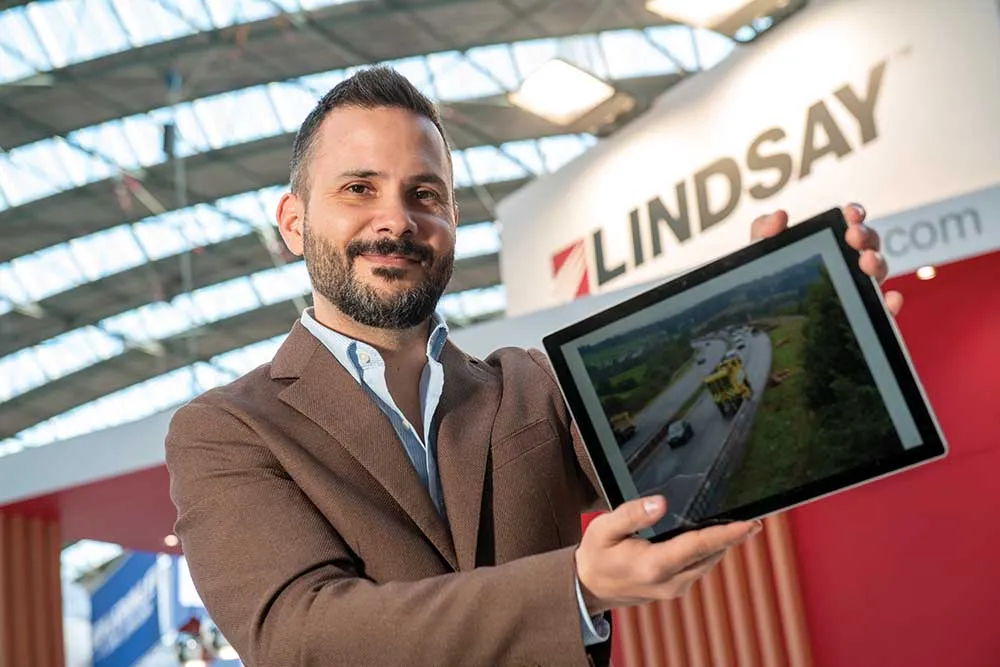Imtech Traffic & Infra has recently been awarded the contract to provide sustainable LED lighting for the Public Lighting project in the municipality of Texel in the Netherlands.
Imtech will remove all public lighting outside the villages and replace it with passive and active markers. The active markers will be in the form of sustainable LED lighting in the roads, running on solar energy. The road surface will still remain visible, and the impact on the surrounding fauna is said to be zero/nil.
Withi
April 30, 2015
Read time: 2 mins
Imtech will remove all public lighting outside the villages and replace it with passive and active markers. The active markers will be in the form of sustainable LED lighting in the roads, running on solar energy. The road surface will still remain visible, and the impact on the surrounding fauna is said to be zero/nil.
Within the villages, the 3,000 traditional lamp posts and luminaires will be replaced by lighting columns with dimmable LED lighting. Imtech will provide custom lighting using components in the luminaires and sensors on the lampposts to enable dynamic dimming. The sensors respond to the movements of the road-users, for example those of pedestrians, lighting the way as though it is moving with the road-user.
Imtech will also provide Texel with its innovative management and control system, ImCity, which will be connected to the 3,000 lighting points. Each point is equipped with its own address, allowing a range of scenarios to be implemented; the demand for lighting can be adapted at certain times such as during events. In addition, ImCity also monitors each lighting point, enabling the remote reporting of failures/faults.










